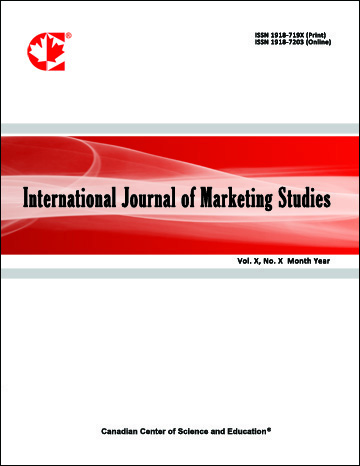The Effectiveness of Model’s Body Size in Digital and Print Advertisements
- Safaa Adil
- Ahmad Mostafa Abdeltawab
- Danielle Lecointre-Erickson
Abstract
Advertisings usually display thin bodies creating and endorsing the beauty standards of the society. Large body size models are sometimes featured in advertisings to show a more inclusive marketing communication. Previous researches have investigated consumer responses to more diverse body sizes in Beauty and Fashion industries ads. This paper aims at investigating advertisement effectiveness, for both print and digital advertisings, through consumer responses (Memorization, Aad, Ab, and Purchase Intention) to body sizes in food advertisements.
We used a mixed design study with a between group factor (Media type: Print or Digital) and a within-subject variable (body shape: large, thin or no model), via a folder test procedure. Participants were exposed to a fictive magazine to measure their responses toward advertisements featuring large size model versus thin one.
The findings reveal that “large model” advertisements are less effective compared to “thin model” advertisements for Memorization, Attitude towards Ad, and Purchasing Intention. However, participants expressed the same Attitude towards the Brand for both conditions. Moreover, hardly any significant influence of the means of exposure to ads (printed or digital) was found.
Despite the latest consumer pertinacity trends on companies to adopt diversity for social reasons; consumers, of the food industry, are still better influenced by thin models when it comes to Memorization, Aad, and PI.
Furthermore, this study offers practical and societal implications not only for the experimental design, but also for practitioners to comprehend and utilize the match‐up hypothesis of body size condition needed for their marketing and advertising objectives.
- Full Text:
 PDF
PDF
- DOI:10.5539/ijms.v13n3p1
Journal Metrics
Google-based Impact Factor (2021): 1.34
h-index (July 2022): 70
i10-index (July 2022): 373
Index
- Academic Journals Database
- CNKI Scholar
- EconBiz
- Electronic Journals Library
- Excellence in Research for Australia (ERA)
- GETIT@YALE (Yale University Library)
- Harvard Library
- IBZ Online
- Infotrieve
- JournalTOCs
- LOCKSS
- MIAR
- PKP Open Archives Harvester
- RePEc
- ResearchGate
- ROAD
- Scilit
- SHERPA/RoMEO
- Stanford Libraries
- UCR Library
Contact
- Alyssa SunEditorial Assistant
- ijms@ccsenet.org
